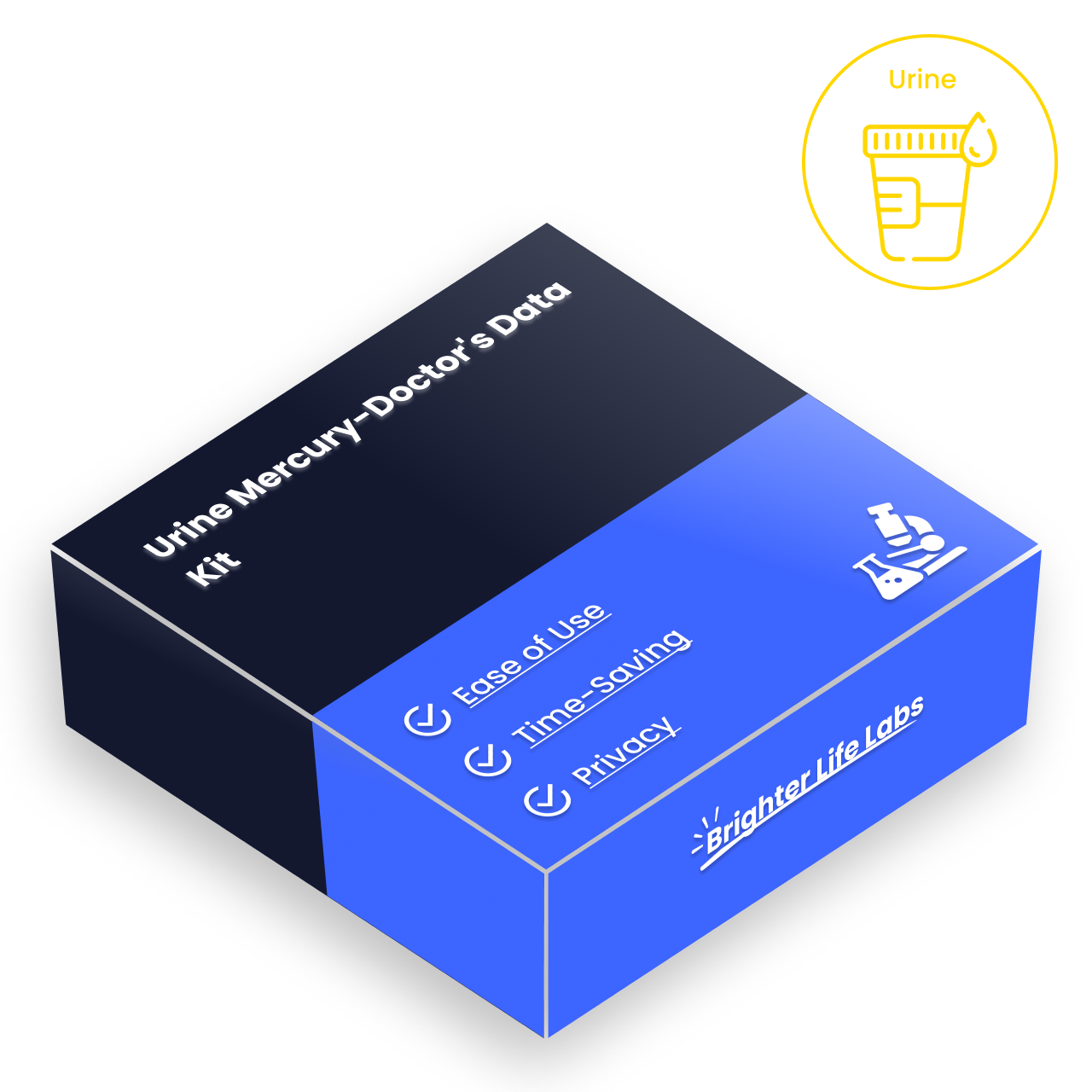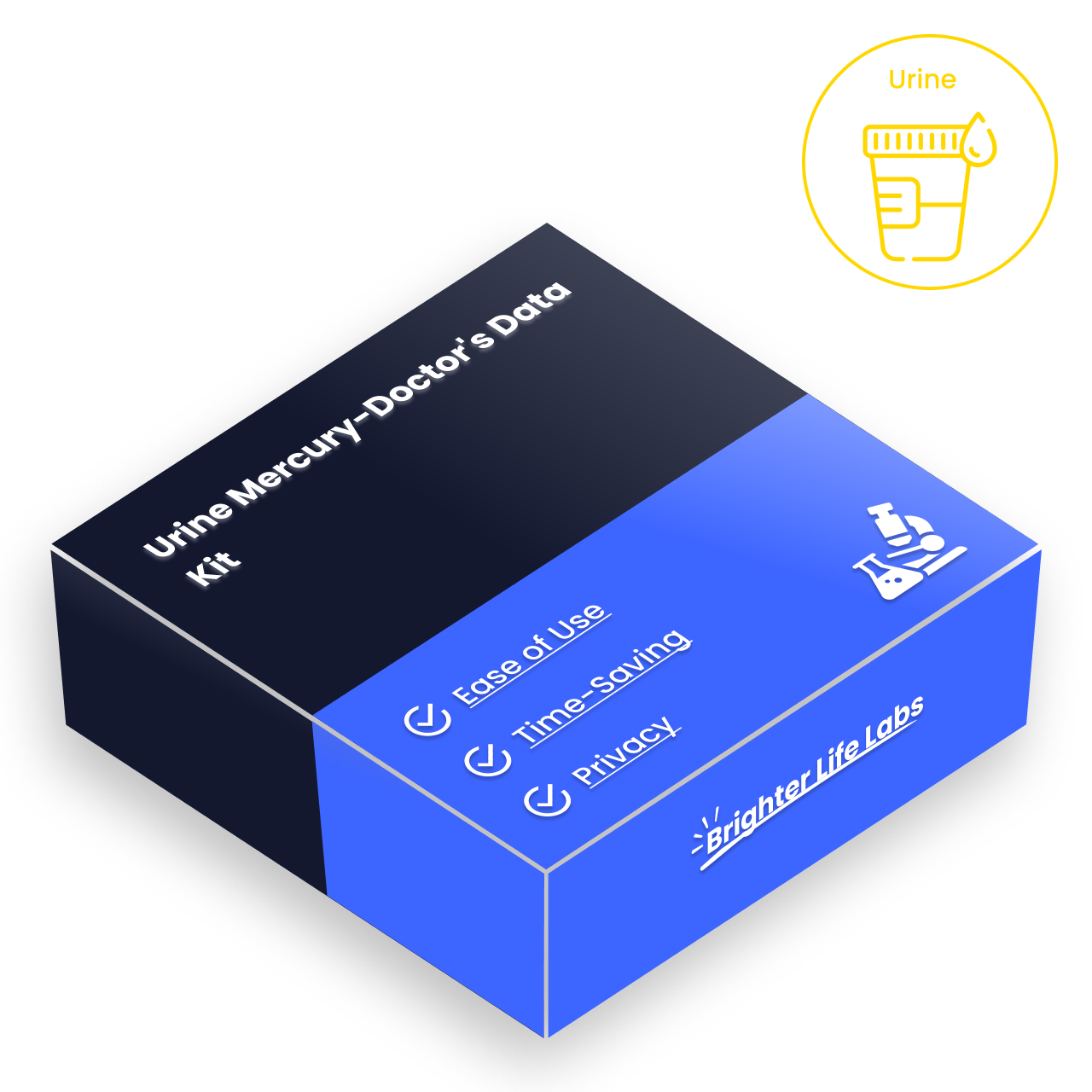1
/
of
1
Doctor's Data
Urine Mercury-Doctor's Data Kit
Urine Mercury-Doctor's Data Kit
Regular price
$145.00 USD
Regular price
Sale price
$145.00 USD
Unit price
/
per
Shipping calculated at checkout.
Couldn't load pickup availability
Note: This is a home collection test kit that will be mailed to you.
Fasting Required:
No
Specimen:
Urine
Lab:
Doctor's Data
Results:
Average processing time 5-7 business days
Note: Result turnaround times are an estimate and are not guaranteed. Our reference lab may need additional time due to weather, holidays, confirmation/repeat testing, or equipment maintenance.
Test Instructions:
Fish and shellfish contain relatively high levels of mercury and arsenic. It is recommended that you omit fish and shellfish from your diet for one week prior to collecting the urine specimen. You should also refrain from taking non-essential medications or dietary supplements and gadolinium-based contrast media (used in MRI) for 48 hours prior to and during the specimen collection, unless otherwise instructed by your physician. Never discontinue prescription medications without first consulting your physician.
Description:
Early signs of excessive Hg exposure include: decreased senses of touch, hearing, vision and taste, metallic taste in mouth, fatigue or lack of physical endurance, and increased salivation. Symptoms may progress with moderate or chronic exposure to include: anorexia, numbness and paresthesias, headaches, hypertension, irritability and excitability, and immune suppression/dysregulation. Advanced disease processes from excessive Hg assimilation include: tremors and uncoordination, anemia, psychoses, manic behaviors, possibly autoimmune disorders and renal dysfunction or failure. Note that in Hg exposure of long duration, renal excretion of Hg (and normal metabolites) may become impaired, and the urine level of Hg might be only mildly elevated or not elevated at all due to renal failure. Mercury is used in: dental amalgams (50% by weight), explosive detonators; some vaccines, pure liquid form in thermometers, barometers, and laboratory equipment; batteries and electrodes, some medications and Ayurveic herbs, fungicides and pesticides, and in the paper industry. The fungicide/pesticide use of mercury has declined due to environmental concerns, but Hg residues persist in the environment. Emissions from coal-fired power plants and hospital/municipal incinerators are significant sources of mercury pollution. Methylmercury, the most common, organic form of Hg, occurs by methylation of inorganic Hg in aquatic biota or sediments (both freshwater and ocean sediments). Methylmercury accumulates in aquatic animals and fish and is concentrated up the food chain reaching highest concentrations in large fish and predatory birds. Except for fish, the human intake of dietary mercury is negligible unless the food is contaminated with one of the previously listed forms/sources. Daily ingestion of fish can result in the assimilation of 1 to 10 micrograms of mercury/day. Depending upon the extent of cumulative Hg exposure, elevated levels of urine Hg may occur after administration of DMPS, DMSA or D-penicillamine. Blood and especially red blood cellelemental analyses are useful for assessing recent or ongoing exposure to organic (methyl) Hg.
Share


